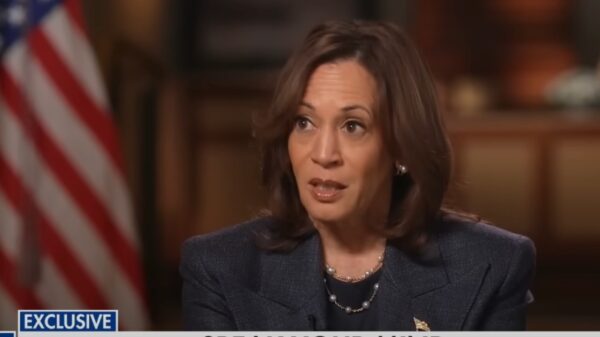As we barrel toward the 2024 election year, one thing is clear: It will be very, very expensive. Political ad spending is expected to clear the $10 billion threshold for the first time ever.
Keeping that monumental number in mind and knowing that advertising flows directly from fundraising, let’s delve in to gain a deeper understanding of how candidates can meet the needs and challenges of keeping campaign cash flowing in.
The 2024 presidential candidates are already boasting about their tens of millions of dollars in cash on hand, and we’re still a year out from Election Day. But campaigns need to continue to fundraise wisely, understanding that this cycle is unlike its predecessors. Deep-pocketed donors used to be the cornerstone of a successful campaign.
Massive amounts of time and money were spent cultivating a finance team of wealthy powerbrokers set on bundling millions of dollars. Because of this, much of a candidate’s time was spent dialing for dollars and making donation asks in accordance with estimates of a donor’s giving capability. While still an incredibly important piece of financing a campaign, these strategies alone will never amount to the weight that grassroots funding plays for modern campaigns.
Today’s most successful campaigns are powered by grassroots fundraising at the base, leveraging both high- and low-dollar donations into advertising, get-out-the-vote drives, communications, and other initiatives. In this climate, with the right team assembled, campaigns can come from humble beginnings, starting with zero donors and no money to end up with hundreds of thousands of givers and millions of dollars in tow.
How? We call it the “moon shot method.” Rather than a candidate and a finance director being the sole drivers of a campaign’s finance mechanisms, every aspect of the campaign should become an opportunity to fundraise. From strategic communications and opposition research to the political and policy teams, it is best for every piece of the campaign infrastructure to contribute to fundraising efforts, especially in the digital space. The best approach is to augment “call time” with “all the time,” as multiple emails, text messages, and social media requests can drive each day’s total fundraising numbers.
A top priority throughout the campaign is to grow the email and text message house files – especially early on – developing relationships with grassroots donors under the assumption that a donor’s first gift won’t be their last. Following this method, campaigns are more likely to see a “hockey stick” effect where the donor’s early support shows growth in donations over months and quarters, with a spike in donations about 120 days out from Election Day.
To maximize the impact of the campaign’s early investment in growing house-file assets, the campaign needs to be strategic. Campaign operatives should master the art of “inboxing,” which means getting emails and text messages landing in inboxes and not spam folders. If people never get your messages, you can’t raise a dime. We always say, “If they’re reading, we’re winning.”
But now, without question, content matters. To properly develop a relationship with donors, campaigns need to provide their target audience with timely, newsworthy information that not only comes across as hot-button but also inspires them to act. Actionable content turns interested parties and prospects into actual donors, and perhaps even repeat givers.
Delivering compelling copy based on current events, red-meat issues, and soliciting input are critical for both current and prospective donors to see. If immigration is a hot topic, then it should be a staple of campaign messaging. The same goes for inflation, taxation, and other visible issues. Still, more important than the issues of the day are elements from the rest of a campaign, including media hits, grassroots updates, or even authentic selfie videos from the candidate.
All of this content is woven together by a smart campaign to create a narrative for donors that it is a “safe bet.” The more content, the better, since that speaks to an “everywhere” strategy where the candidate is seemingly omnipresent, fueling the sort of social norming that donors need in order to give. Donors want to feel like they’re part of the “in” crowd, joining a growing movement rather than bailing out a campaign on its last legs.
In the race to secure the 2024 campaign’s financial future, online fundraising is the Apollo moon shot. Just as the lunar mission harnessed the power of technology and the human spirit, the most successful digital efforts combine innovation with the passion of grassroots supporters.
As money floods the 2024 election cycle, now is the time for campaigns to take stock. Let’s remember the lessons of Apollo: With vision, dedication, and the right tools, campaigns can reach heights previously thought impossible. And they can win elections, too.
Krista Carter serves as vice president at Push Digital Group. This article was originally published by RealClearPolitics and made available via RealClearWire.

















